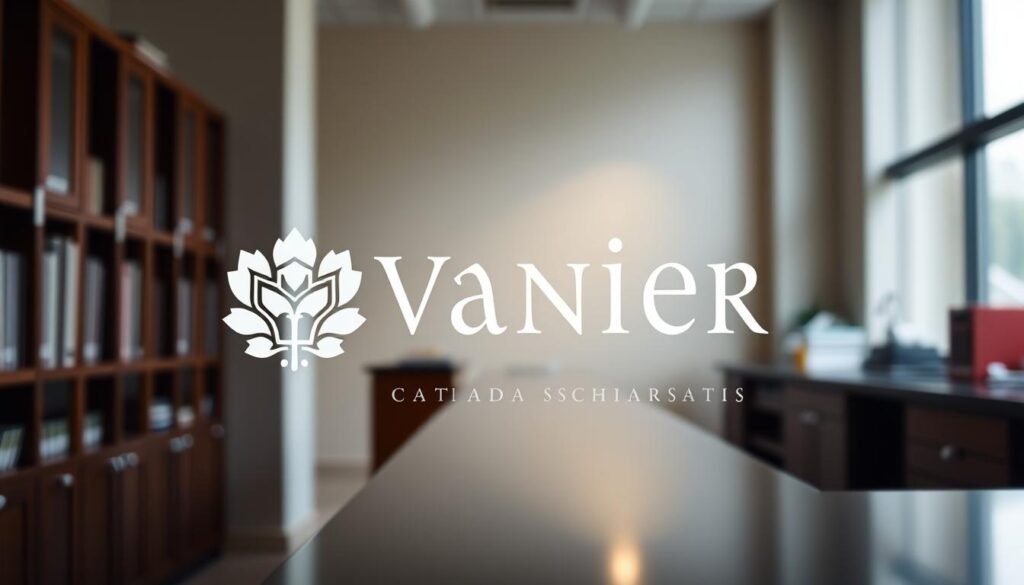
Could one nomination and a clear plan change the course of your doctoral studies?
You’re deciding whether to pursue a top-tier award that funds doctoral students at $50,000 per year for three years. This program values academic excellence, research potential and leadership equally.
In this short guide you’ll see how a single university nomination shapes your path, why departments vet candidates, and what documents like complete post‑secondary transcripts—matter when internal deadlines arrive.
You’ll also learn where the vanier cgs sits among other graduate scholarships and how CIHR, NSERC and SSHRC historically share awards by discipline.
Ready to plan ahead? Start by checking institutional timelines and by reading a practical overview of the award and eligibility on trusted resources like PhD scholarship details and an application timing guide at international scholarships.
What’s changed for Vanier Canada Graduate Scholarships in 2026
This funding cycle marks a shift: the program is concluding while a unified doctoral scholarship takes its place. Results from the final competition were released in mid‑April 2025, and new applicants are now directed to the harmonized Canada Graduate Research Scholarship – Doctoral (CGS D) stream.
Program status and the move to a harmonized doctoral scholarship
The legacy award is sunsetting. Candidates should plan for the transition and follow institutional guidance closely. For official direction and timelines, review the transition guidance.
Funding at a glance: what stayed the same
Historically, the award provided $50,000 per year for three years. Evaluation relied on three equally weighted criteria: Academic Excellence, Research Potential and Leadership.
Tri‑agency distribution and timing
The tri‑agency model still matters: CIHR, NSERC and SSHRC distributed awards through their research councils. Institutions nominated to quota and agencies typically released decisions in April, with public announcements following later.
- Expect continuity in selection standards despite label changes.
- Align your proposal to the right agency if you work in natural sciences engineering or social sciences humanities.
- Watch institutional pages for updated canada graduate scholarships instructions.
Who can be nominated and what you must prepare
Before nomination, you must confirm basic eligibility and collect the documents selection panels expect.
Eligibility snapshot: citizenship, research areas and first doctoral degree
You can be nominated if you are a Canadian citizen, permanent resident or an international student enrolled in a full‑time doctoral pathway. The award targets a first doctoral degree, including combined MA/PhD or MD/PhD where funding covers the PhD portion only.
What committees assess
Selection rests on Academic Excellence, Research Potential and Leadership. Show a high standard scholarly record, clear research impact, and leadership skills high through concrete examples.
Nomination, transcripts and referees
Only one university may nominate you and that institution must hold a quota. Expect internal departmental review, faculty shortlisting, then endorsement by the school graduate postdoctoral office.
- Submit all post‑secondary transcripts by your internal deadline.
- Mind time‑in‑program caps (e.g., ~20 months or specific 32‑month limits).
- Choose referees who can attest to your research and leadership.
For a practical checklist and institutional tips, see the detailed overview at this guide.
Vanier Canada Graduate Scholarships apply 2026: your step-by-step pathway
Start your nomination journey by mapping timelines, quotas and the internal checks your school uses.
Choose a host and confirm the quota. Shortlist schools that match your field and supervisor. Ask each graduate awards office to confirm its quota and internal deadline so you avoid last‑minute issues.
Prepare your ResearchNet file and referees
Create your ResearchNet profile early and map every section to the evaluation criteria. Use past successful examples to set tone and structure.
Line up referees 6–8 weeks ahead. Share your CV, proposal, and a short criteria summary so letters highlight academic excellence, research potential and leadership.
Timelines, agency alignment and submission
Order transcripts well before the internal deadline; incomplete files usually won’t proceed. Check months‑in‑program limits to protect eligibility.
- Align to the right research council: CIHR for health, NSERC for natural sciences and engineering, SSHRC for social sciences and humanities.
- Endorsement flows from department to faculty to Graduate and Postdoctoral Studies before agency review.
- Track your status in ResearchNet; results typically arrive in April and institutions update Student Centre records thereafter.
Your next move to stay competitive for doctoral funding in Canada
Plan now to shift your funding strategy toward the harmonized doctoral route while keeping your strongest vanier cgs materials clear impact, tight methods and strong leadership narratives.
Keep a funding stack: pair agency options and institutional top‑ups so you do not rely on a single cycle. Track updates from the federal granting agencies and coordinate with your school graduate postdoctoral office for timelines and reporting.
Model budgets against the historical benchmark of $50,000 per year and refine evidence of a high standard scholarly trajectory. For practical planning resources, see this scholarships planning guide.

